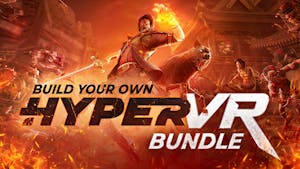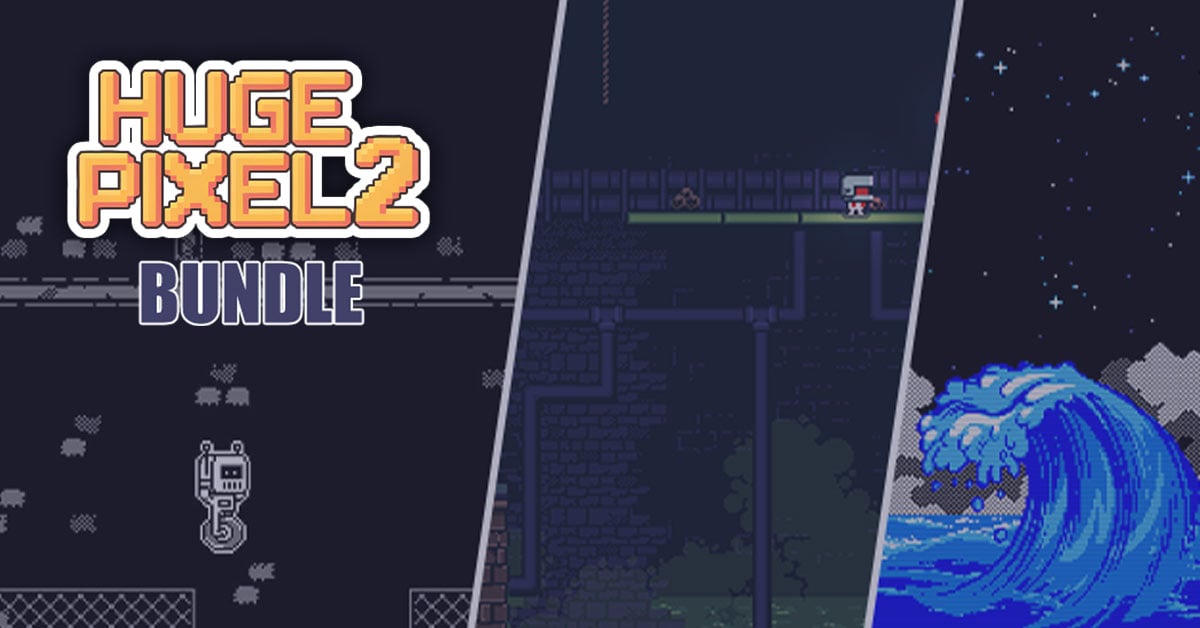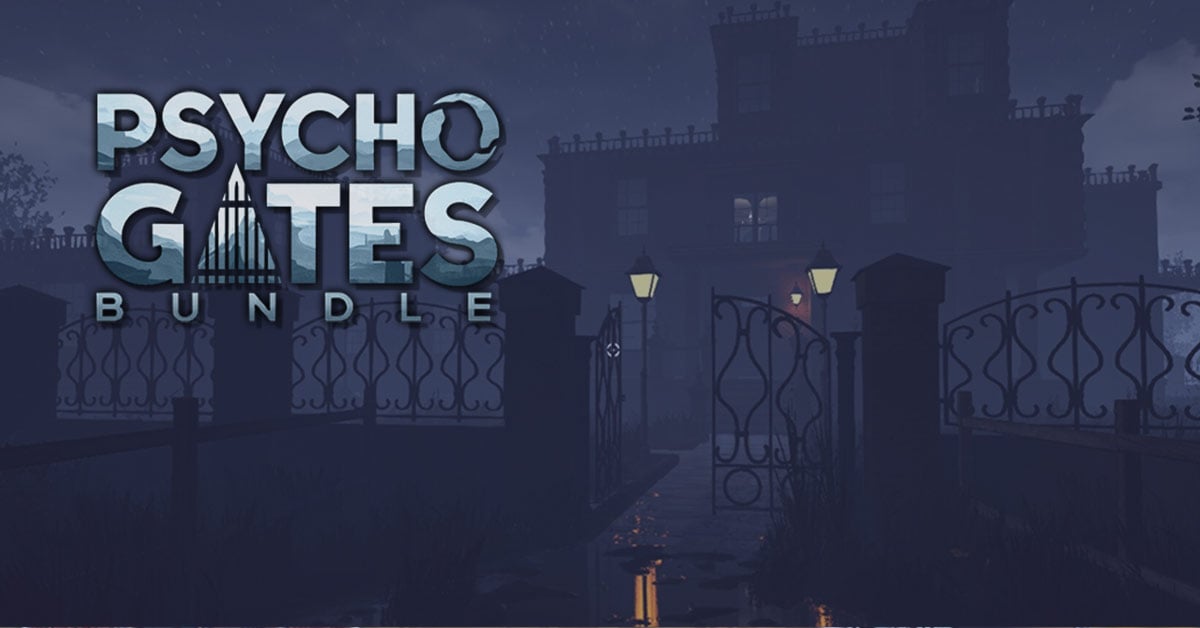

A Race Against the Clock Hourglass...
In order to help King Shorty, Archmage Tip has unleashed his magical prowess, and he's been able to cast a powerful spell that was capable of fragmenting time in turns.
In each level of the Tower you must reach the stairs before the turns run out, otherwise there will be a gnome with a crown on his head no more!


An Army of Ruthless Creatures...
The King has many enemies, each one with different patterns and traits that shape the way you move and interact in a level.
Among the Invaders, there are:
Nagas that ignore the holy power of the sunlight.
Evil gnome warlocks that teleport with a lethal beam.
Imps who like to take a nap every other step.
Grumpy dwarves, greedy goblins, and more...
Defend the life of the gnome monarch at all costs!


A Tower of Dangers and Opportunities...
Find the best path to escape the Tower, and engage yourself with handcrafted levels that are filled with many and varied types of traps, mechanisms and enemies.
During your Perilous Descent you will Interact with:
Windows and Lights that will stun or purify your enemies.
Teleportation Platforms that help you, and the invaders, move accross a level.
Dangerous Spikes that kill anything that stands on them.
Enchanted Doubloons, Spiked Chests, and more...
Study the levels, be mindful of your steps, choose the right course of action and your escape will be certain!


A Peculiar Group of Advisors...
The Telepaty Spell will allow you to know the advisors of King Shorty during his escape. Expect nothing but extravagant individuals!
Who knows what you might discover?
Someone could be hiding a very unexpected secret...
Hello everyone,
This Wednesday's update is a bit different: instead of talking about an enemy type, I want to focus on the core design of the game:
how the genre choices were made, the challenges I faced, and the solutions I came up with.
Lets get started!
Why Turns in a Puzzle Game?
This decision dates back to the earliest stages of development, when the game was just a concept for a gamejam.
I wanted to blend several genres in a meaningful way, while preserving the key elements of each one of them:
- Puzzles: Every move should be deliberate. The game is best played when the player thinks ahead, since each action has predictable outcomes. I hope that solving tricky situations or escaping seemingly impossible blocks gives that satisfying I got it! moment.
- Turn-based: The idea of "turn economy" forces the player to think strategically within a limited number of moves. Ideally, this leads to decision making like: How can I make the most of this level? Should I move there and perform that action, or do the opposite?
- Dungeon Crawler: This comes from my nostalgia for old games of this type that I played as a kid. Reaching the stairs at the end of a level always made me wonder: Whats next? What new enemies or mechanics will I encounter?
The Challenges
The biggest challenge has been balancing all of these elements. Specifically:
- Some puzzles risk of being too complex or too simple. I want players to think through their actions, but not to face overly convoluted logics or feel like theyre just ticking off obvious boxes from a visual checkbox.
- Turns can feel too restrictive. Its frustrating to almost finish a level, solving everything correctly, only to be killed by the turn limit.
- The sense of discovery needs to be preserved throughout the game. Facing the same enemies repeatedly gets dull. How often should I introduce new mechanics? Will they stay fun? Should each enemy feel distinct?
The Solutions Ive Found
- Given that players have different problem-solving styles, I focused on gradually introducing mechanics. This helps players understand what they can and cant do. If they carefully plan their moves, and study the level, they should be able to resolves the various challenges they'll face in not so many attempts.
I hope that it works well.
Some levels also allow for multiple solutions, so I had to balance the turn limits accordingly to keep them challenging no matter the chosen path.
- The big brain move regarding the turn limit was adding an easier difficulty mode, because this game lends itself well to that. This way people that want to take a more relaxed approach can.
But honestly, it felt a bit cheap.
Id rather players finish levels in the main difficulty. So what was the answer?
Designing levels that gradually introduce challenges. Every level has its set of obstacles that are generally divided in sections (for example a room or a corridor). If players solve each challenge correctly, they should finish with the right number of turns.
- To maintain engagement, Ive aimed to introduce at least one new mechanic or simple, well designed enemy types, every few levels (on average, every 4 levels, with some exceptions).
It was important that they felt unique and meaningful.
The Influence on the Narrative

I wanted the mechanics to be tied into the story. So, throughout the game, there are in-universe explanations for how the systems work.
For example, the turn system is the result of a spell cast by Archmage Tip (named so because he gives tips, ahahaha).
Other game mechanics like coins, traps, and even the dialogue system are similarly woven into the narrative.
This approach, I believe, makes the game more immersive and self-aware, adding a subtle but meaningful layer of engagement. Given the lighthearted and comedic tone of the game, I think this integration was the right call.
Thats all for today, I hope you found this devblog interesting!
I Wish you all a great day!
-Giuseppe
Minimum Setup
- Processor: 2.3 Ghz Dual CoreMemory: 4 GB RAM
- Memory: 4 GB RAM
- Graphics: 1GB VRAM
- Storage: 1 GB available space
[ 6377 ]
[ 5871 ]
[ 751 ]
[ 2194 ]




















































